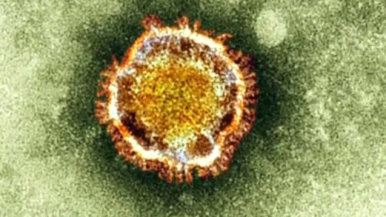TnWatchdog
Senior Member
- Messages
- 7,099
One of these days a super bug will evolve or scientists may help it evolve and we will end up in a similar situation as the movie, "The Stand". It will spread like wildfire and we will be history, at least most of us.
 The GuardianDeadly New Virus Found in Humans
The GuardianDeadly New Virus Found in Humans
In a report released Thursday, the CDC warned against a virus -- that had previously not been seen in humans -- that has killed 8.
Where the outbreak has been seen
 The GuardianDeadly New Virus Found in Humans
The GuardianDeadly New Virus Found in HumansIn a report released Thursday, the CDC warned against a virus -- that had previously not been seen in humans -- that has killed 8.
Where the outbreak has been seen





